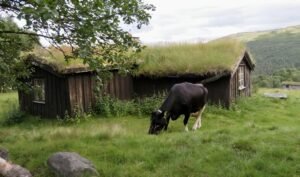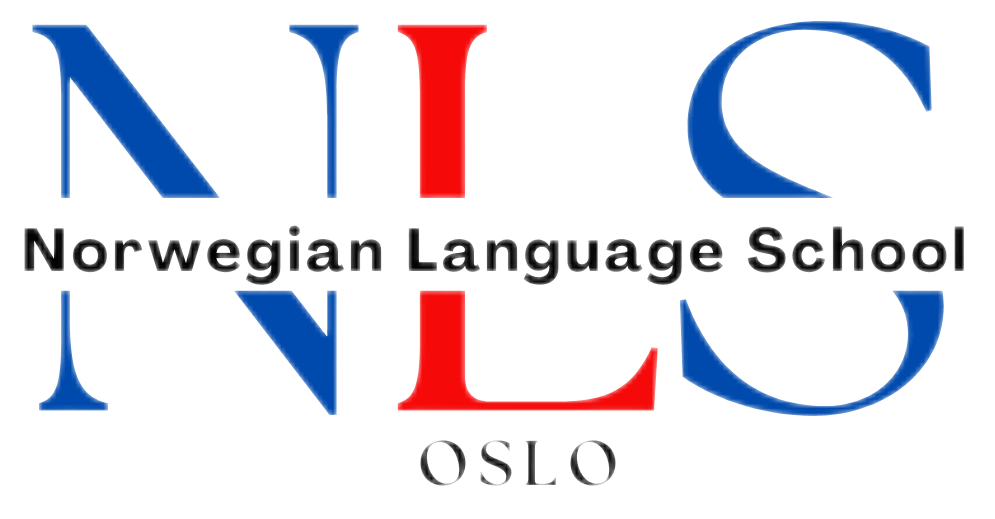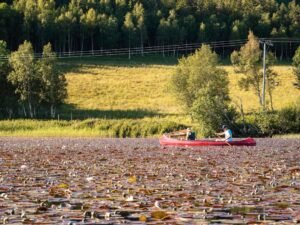

Exploring the Fascinating World of Norwegian Compound Words: A Linguistic Adventure
Compound words are words that are formed by combining two or more separate words to create a new word with a different meaning. This linguistic phenomenon is found in many languages, including Norwegian. However, Norwegian compound words have some unique characteristics that set them apart from compound words in other languages.
Norwegian compound words are known for their length and complexity. They can be made up of multiple elements, each contributing to the overall meaning of the word. This makes Norwegian compound words a fascinating aspect of the language and a challenge for language learners to master.
Table of Contents
ToggleThe unique structure of Norwegian compound words
Norwegian compound words are formed by combining two or more words together. The elements of the compound word can be nouns, adjectives, verbs, or even other compound words. The order of the elements is important and determines the meaning of the compound word.
There are different types of Norwegian compound words, depending on the relationship between the elements. The most common type is the noun-noun compound, where two nouns are combined to create a new noun. For example, “bokhylle” (bookshelf) is formed by combining “bok” (book) and “hylle” (shelf).
Another type is the adjective-noun compound, where an adjective and a noun are combined to create a new noun. For example, “grønnsak” (vegetable) is formed by combining “grønn” (green) and “sak” (thing).
The history and evolution of Norwegian compound words
The Norwegian language has a rich history that dates back to the Viking Age. Over time, it has evolved and undergone various changes, including in its compound word formation.
In Old Norse, the precursor to modern Norwegian, compound words were already present. However, they were not as prevalent or complex as they are today. Compound words became more common during the Middle Ages and the Renaissance, as the language developed and expanded its vocabulary.
The evolution of compound words in Norwegian can be attributed to various factors, including the influence of other languages, such as Danish and Swedish, as well as changes in society and culture. As new concepts and ideas emerged, new compound words were created to express them.
How Norwegian compound words reflect the culture and society of Norway
Norwegian compound words are not just linguistic constructs; they also reflect the culture and society of Norway. They provide insights into Norwegian values, beliefs, and way of life.
For example, the concept of “friluftsliv” (outdoor life) is deeply ingrained in Norwegian culture. This compound word combines “fri” (free), “luft” (air), and “liv” (life) to convey the idea of enjoying nature and outdoor activities. It reflects the importance Norwegians place on being connected to nature and the outdoors.
Another example is the word “dugnad,” which refers to a collective effort or voluntary work done by a community. This compound word combines “du” (you) and “gnad” (goodwill) to convey the idea of people coming together for a common cause. It reflects the strong sense of community and cooperation that is valued in Norwegian society.
Examples of common Norwegian compound words and their meanings
Norwegian is known for its extensive use of compound words, and there are countless examples that illustrate this linguistic feature. Here are some common Norwegian compound words and their meanings:
– “Fjelltopp” (mountaintop): formed by combining “fjell” (mountain) and “topp” (top).
– “Solskinn” (sunshine): formed by combining “sol” (sun) and “skinn” (shine).
– “Hundekjøring” (dog sledding): formed by combining “hund” (dog) and “kjøring” (driving).
– “Sjømat” (seafood): formed by combining “sjø” (sea) and “mat” (food).
The meaning of a compound word can often be inferred from its parts. For example, “fjelltopp” literally means “mountain top,” so it refers to the highest point of a mountain. Similarly, “solskinn” literally means “sunshine,” so it refers to the light and warmth of the sun.
The importance of understanding Norwegian compound words for language learners
Understanding Norwegian compound words is crucial for language learners who want to improve their proficiency in the language. It allows them to expand their vocabulary and comprehend the meaning of unfamiliar words.
By breaking down compound words into their individual elements, learners can deduce the meaning of the word as a whole. This helps them to make connections between words and concepts, and to build a more comprehensive understanding of the language.
Furthermore, understanding compound words can also provide insights into Norwegian culture and society. As mentioned earlier, compound words often reflect Norwegian values and beliefs. By understanding these words, learners can gain a deeper appreciation for the culture they are studying.
Differences between Norwegian and English compound words
There are some notable differences between Norwegian and English compound words. One of the main differences is the structure and formation of compound words.
In English, compound words are typically formed by combining two separate words without any changes to their form. For example, “bookshelf” is formed by combining “book” and “shelf.” In contrast, Norwegian compound words often undergo changes in spelling or pronunciation when they are combined.
Another difference is the length of compound words. Norwegian compound words tend to be longer than English compound words. This is because Norwegian allows for more elements to be combined, resulting in longer and more complex words.
The role of compound words in Norwegian literature and poetry
Compound words play an important role in Norwegian literature and poetry. They are used to create vivid imagery, convey complex emotions, and capture the essence of the Norwegian language.
Many famous Norwegian writers and poets have embraced the use of compound words in their work. One notable example is the playwright Henrik Ibsen, who often used compound words to create powerful and evocative descriptions. His play “Peer Gynt” is filled with compound words that capture the essence of Norwegian landscapes and characters.
Another example is the poet Olav H. Hauge, who was known for his use of compound words to convey deep emotions and philosophical ideas. His poems often feature compound words that combine elements of nature, human experience, and spirituality.
Exploring the creative potential of Norwegian compound words
Norwegian compound words offer a wealth of creative potential for writers and speakers of the language. They can be used to create new words, express unique ideas, and play with the sounds and rhythms of the language.
One way to explore the creative potential of compound words is by creating new compound words that do not exist in the language. This allows writers and speakers to expand the vocabulary and express concepts that may not have a specific word in Norwegian.
Another way is by using compound words creatively in writing and speech. By combining different elements, writers and speakers can create unique and memorable phrases that capture the imagination of their audience.
The enduring fascination of Norwegian compound words
Norwegian compound words are a fascinating aspect of the language that continue to captivate language learners and linguists alike. Their unique structure, historical evolution, cultural significance, and creative potential make them a rich area of study.
Understanding Norwegian compound words is not only important for language learners who want to improve their proficiency in the language, but also for anyone interested in exploring the culture and society of Norway.
By delving into the world of Norwegian compound words, we gain a deeper appreciation for the language and the people who speak it. It is a testament to the richness and complexity of human communication, and a reminder of the enduring fascination of language itself.
If you’re interested in expanding your knowledge of Norwegian compound words, you might also find our article on “Mastering Compound Noun-Noun Structures in Norwegian” helpful. This article delves into the intricacies of forming compound words in Norwegian and provides examples to help you understand their usage. Whether you’re a language enthusiast or a student learning Norwegian, this article will enhance your understanding of the language. Check it out here.
If you want to learn Norwegian, you can register for classes here. We look forward to hearing from you and helping you become fluent in Norwegian.





